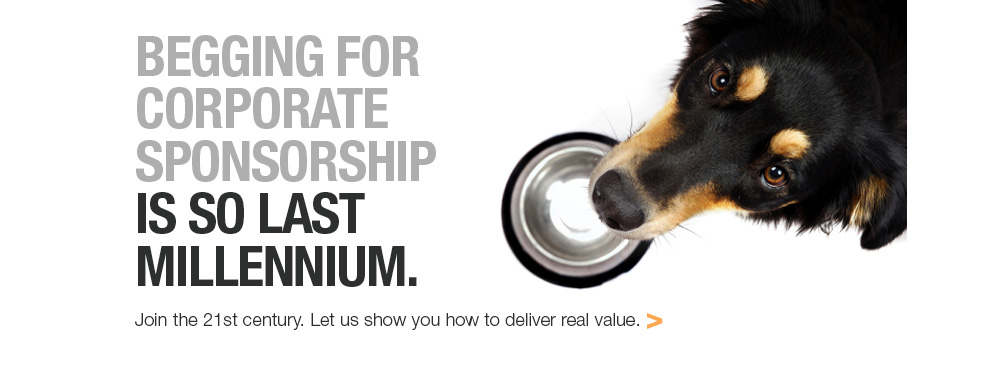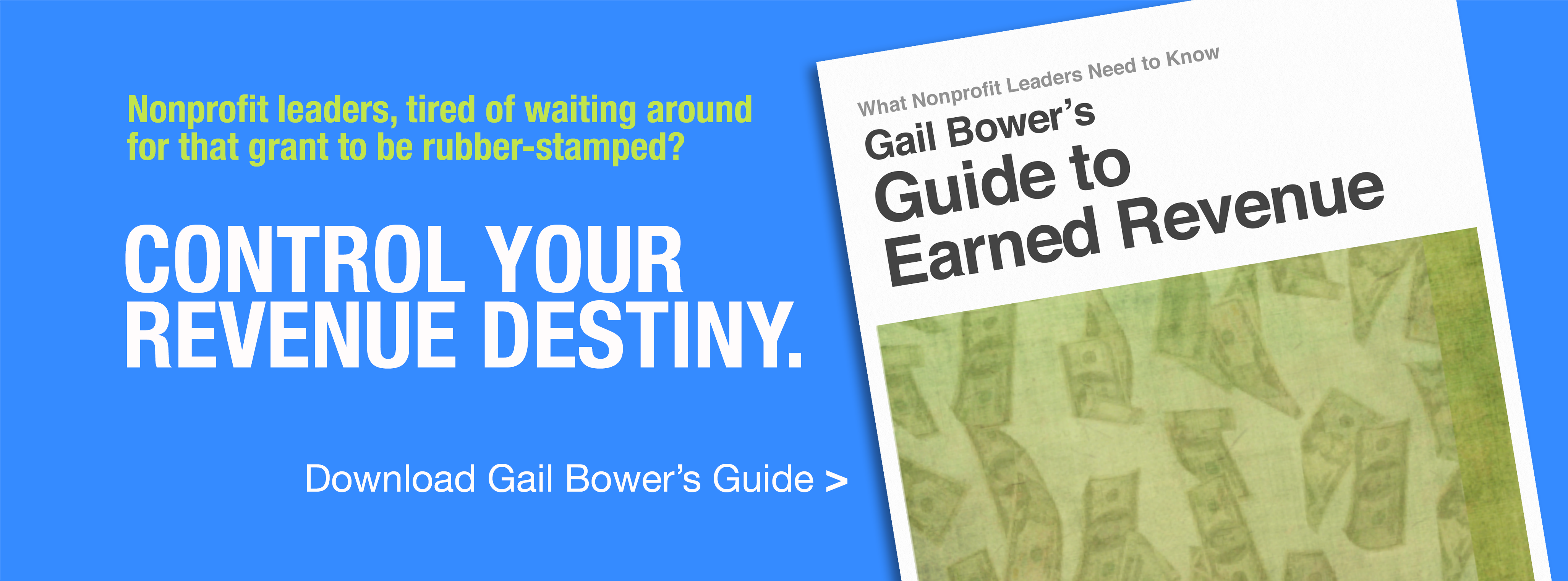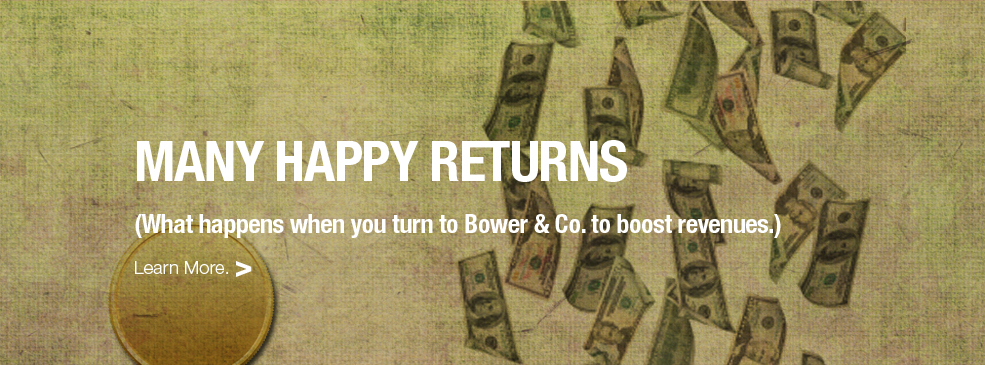The Gold-Silver-Bronze Sponsorship Package is Out. Find Out What’s In.
By Gail S. Bower
In your work with the corporate sector, are you frustrated when most corporations select the least expensive level of support for your event? Do you struggle to engage corporations at higher levels? Do your organization’s calls to corporate leaders often go ignored?
Corporate Giving Has Changed
Once upon a time, corporations would write a check for your program or project, and you’d go off, launch the initiative, and report back on results. In the last decade, however, more than 60 percent of corporations began asking for “benefits” in exchange for their “gifts,” changing the dynamic entirely. Nonprofit development leaders responded with packages of benefits, typically the Gold-Silver-Bronze levels, institutionalizing a hybrid form of support.
The problem is Gold-Silver-Bronze packages are of very little value to corporations — and to your organization. They’re priced accordingly. Yes, they’re easy for you to deliver and execute, and they’re perfect for businesses, especially smaller ones, that simply want to make a donation and receive a modicum of name recognition. But Gold-Silver-Bronze or other similar generic packages are not going to generate real dollars for your organization.
What Does Work
Marketing-driven corporate sponsorship, on the other hand, is a revenue source to consider. Think Olympics, rock ‘n roll, your region’s sports’ arenas. Sound preposterous and out of your league? Well, meet your competition. Corporate sponsorship is what the hybrid nonprofit packages emulate but fall far short. Why? Because Gold-Silver-Bronze is all about generating quick cash for the nonprofit instead of focusing on corporations, their business or marketing objectives, and mutually beneficial partnerships. For most business leaders, Gold-Silver-Bronze packages offer no real ROI.
Gold-Silver-Bronze: No Benefit
Consider comments by Boutros Boutros, Divisional Senior Vice President of Corporate Communications for Emirates Airlines, in an Emirates Business 24/7 article and blog post on Sponsorcrunch.com:
“We have been receiving proposals for sponsorships with designations of sponsors' categories such as gold, silver and bronze. As a sponsor, I am not gratified by such offers, because at the end of the day my intention is to stand out and have a voice. Seeing my logo, however, along with 50 other logos of brands and companies does not serve my strategy to distinguish the name of my brand. I don't see any benefit.”
Nonprofit leaders who continue to remain in denial about this fact are missing opportunities that marketing-driven corporate sponsorship provides to generate revenue, to leverage partnerships with the corporate sector in bold ways, and to engage corporations meaningfully. These organizations will remain stuck in the role of beggars.
Paradigm Shift
Time after time in my work — and even when I speak — with nonprofit leaders around marketing-driven corporate sponsorship, an “aha moment” occurs. One participant in a recent workshop for members of the Pennsylvania Association of Nonprofit Organizations noted having “a paradigm shift in how I think about soliciting corporate dollars.”
That same paradigm shift occurs regularly for my clients. The most exciting change I hear is the language they use to articulate their organizations’ value and create new ideas — big ideas — that further their organizations' missions and build their brands. Clients adopt new mindsets, recognizing their value differently and therefore engaging in more powerful conversations with prospective partners, co-creating ideas and ways to execute the sponsorship.
Results
It’s not uncommon for my clients to experience dramatic income gains. One client, for example, quadrupled corporate revenue. Another saw a 300 percent increase in one event. Another landed a 5-figure sponsor before we completed our work together. Another secured a five-figure deal with the industry heavyweight, a commitment that my client anticipated would demonstrate credibility among other corporations they targeted.
Now is the Time
Research shows that now is an excellent time for nonprofits to engage corporations. A February 2009 study that I cited in my guidebook, How to Jump-start Your Sponsorship Strategy in Tough Times, shows that because of the Great Recession, the aftermath of bailouts and bankruptcies, and the political and media frenzy, consumer perceptions of the corporate sector had dropped precipitously: 69 percent had a “lower approval” of corporations.
When researchers asked whether marketing driven corporate sponsorship would improve their confidence levels, consumers said that if the corporation sponsored sports, their perceptions would decline. If it sponsored an arts & cultural event, it would stay the same. However, if it sponsored a nonprofit event or cause, confidence levels would increase by 41 percent.
Not surprisingly, more and more corporations seem to be getting the message. Pepsi pulled its $20 million ad spending of the SuperBowl and instead began Refreshing communities. Disney, KFC, Seventh Generation, and many other companies have been deploying similar strategies. A January 2010 Fast Company blog post asked whether philanthropy is the new marketing?
What will you do?
Will you continue doing what you know derives poor results, that puts you in the role of beggar? Or explore a way that empowers your staff, that positions you as a partner and that yields both financial and brand-building results for your organizations?
 For Sponsorship Sellers | in
For Sponsorship Sellers | in  Corporate Sponsorship |
Corporate Sponsorship | 






